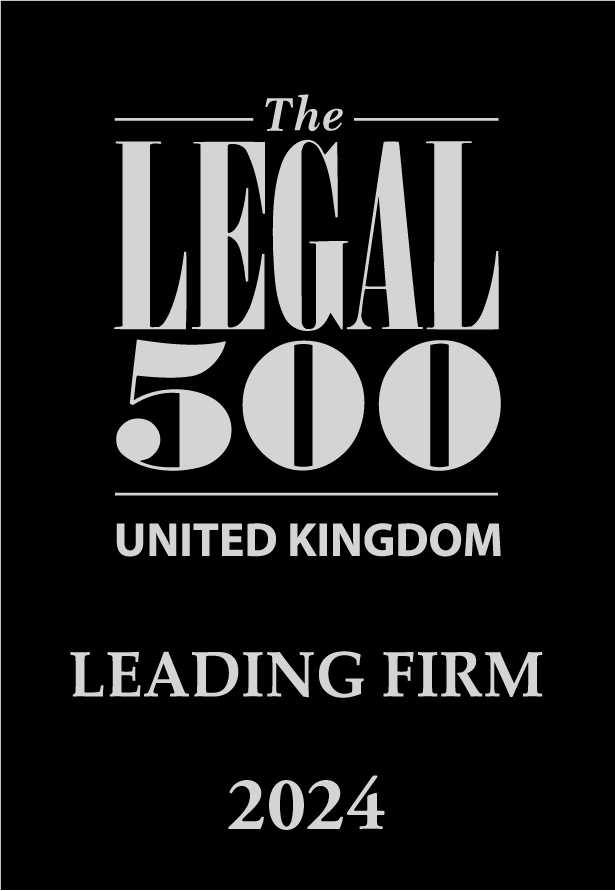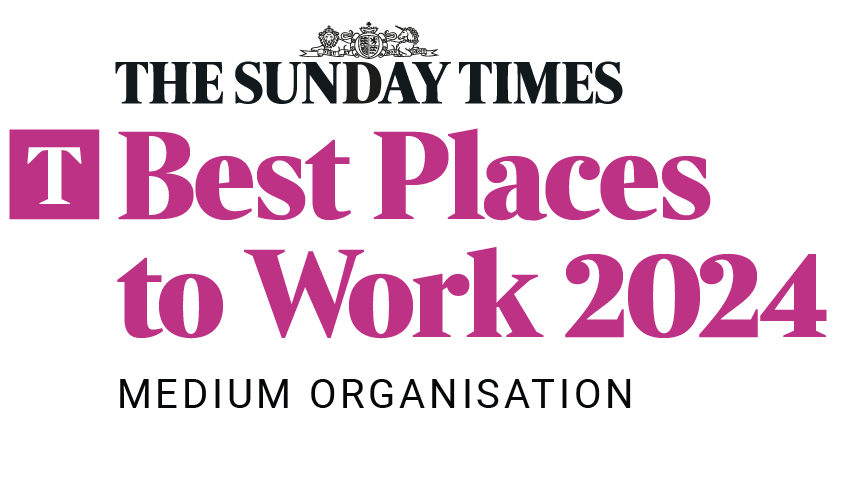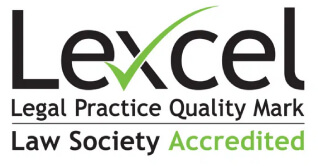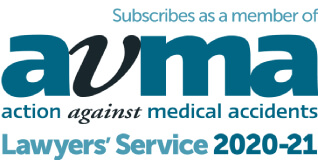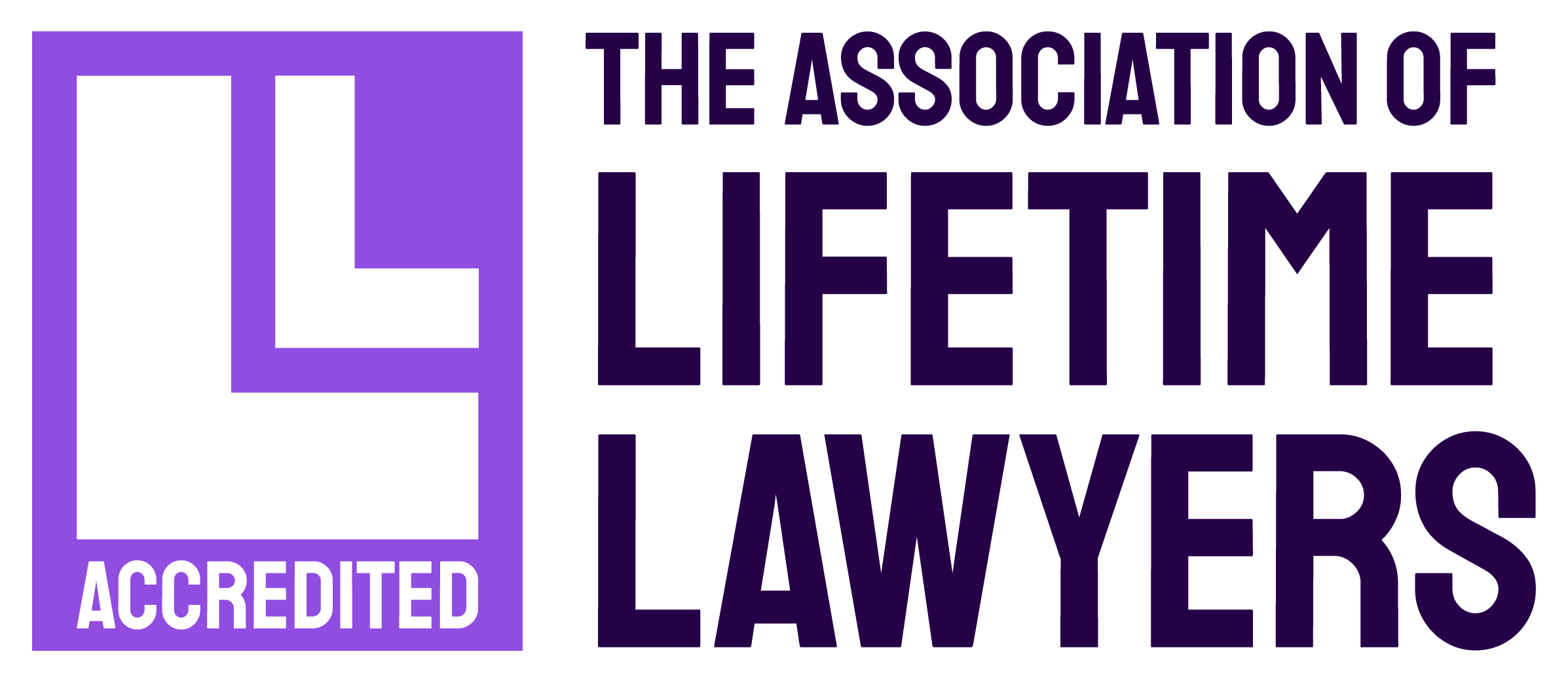As well as giving leaseholders the right to extend the lease on their property, the law also allows groups of flat owners to band together to buy the ‘freehold’ of their building. Under the law, leaseholders are tenants of the building they live in; they own the property itself, but not the building or the land on which it sits. A freeholder, on the other hand, owns all three.
Collective enfranchisement is the process by which a group of leaseholders can buy out the current freeholder and collectively take over the ownership and management of the building.
Eligibility criteria
Leaseholders wanting to purchase the freehold of their building should ensure that they meet the criteria set out by the law, namely:
- The building in question must contain at least two flats.
- At least 75% of the building must be used for residential purposes.
- At least two-thirds of the flats must be owned by qualifying tenants – i.e., leaseholders who purchased their flats on a ‘long lease’ (at least 21 years at the time of purchase).
- At least half of the flats in the building must participate, and their owners must be qualifying tenants.
To qualify, tenants must not:
- Own more than two flats in the building.
- Use their flat for business/commercial purposes.
- A solicitor is instructed – buying the freehold is a complicated, often lengthy and stressful process. For the best chance of success and to minimise problems, it is highly advisable to instruct a specialist leasehold solicitor to help with all the legal agreements and documentation, and to negotiate with your landlord on your behalf.
- The tenants sign a participation agreement – this is a formal, legally-binding document that your solicitor will draw up, setting out the tenants’ rights and responsibilities before, during and after the collective enfranchisement process. It helps to ensure that each tenant understands their role in the process, what they must pay and what will happen once the freehold has been acquired.
- A ‘nominee purchaser’ is selected – the nominee purchaser can be a person (i.e., one of the tenants) but is more usually a management company set up by the tenants for this purpose. They will become the new landlord and be responsible for the management of the building.
- The freehold is professionally valued – under the law, there is a complex formula that must be used to calculate the value of a freehold according to a broad range of factors. It requires extensive experience and in-depth knowledge of the local property market to calculate correctly. This is why it is highly advisable to instruct a professional surveyor to value the freehold on your behalf. You will need this professional valuation to make a realistic opening offer to your landlord in the Initial Notice (see more below).
- The tenants serve the Initial Notice, also known as a Section 13 Notice – this is the official document served on the freeholder and must contain the following information:
- Details of the tenants serving the notice.
- Details about the building you want to buy the freehold of.
- Grounds for the claim (i.e., evidence that you fulfil the eligibility criteria).
- The proposed premium.
- That date by which the freeholder must serve their counter-notice.
- The signatures of all the qualifying tenants and the Nominee Purchaser. There are some other details that must be included, and all the information must be set out very precisely.
If there are any inaccuracies or mistakes, the freeholder can apply to the Court to have the Notice dismissed, meaning that you and your fellow leaseholders will have to wait for a full 12 months before you are able to serve another. That’s why it’s vital to have a specialist solicitor on side with significant experience in drafting these kinds of legal documents.
- The landlord serves their Counter Notice – the landlord must reply with their Counter Notice within the time period specified in the Initial Notice, usually two months. They also have 21 days to request any additional information they may need. The Counter Notice must contain the following information, otherwise it will be deemed invalid:
- the landlord accepts the tenants’ right to enfranchisement and agrees with the terms and proposed premium.
- the landlord accepts the tenants’ right to enfranchisement, but disputes the terms and/or premium.
- the landlord does not accept the tenants’ right to enfranchisement and provides valid reasons for this.
- the landlord neither accepts nor denies the tenants’ right to enfranchisement, but makes an application to the court for the right to deny enfranchisement due to their intentions to redevelop the building.
If the landlord denies enfranchisement but the tenants dispute this, they will have to apply to the County Court for a declaration of their entitlement.
- The parties negotiate – if there is any disagreement on terms, the law gives the parties a further two months to negotiate, and a further four months after that to apply to the Property Chamber of the First Tier Tribunal for a judgement. If it reaches this stage, each party must present evidence to the Tribunal at a hearing, in order to get a ruling on the terms.
- The parties enter into a contract – once the terms have either been agreed or handed down by the Tribunal, the parties are expected to enter into a contract within two months. If contracts haven’t been exchanged with this timeframe (also known as the ‘appropriate period’), then the tenants will have to apply to the Court within another two months for what is known as a ‘Vesting Order’.
- You can go it alone – as lease extension is a process that applies to a particular property, rather than the building as a whole, there’s no need to get anybody else involved (aside from your solicitor!) to get things moving.
- It might be less expensive – your premium and legal costs will likely be lower because you’re not looking to buy the landlord out of their entire share in the property, and you’ll probably have fewer legal agreements and arrangements to put in place (thus lowering your legal costs).
- You don’t have to take on responsibility – when a group of tenants buy out their landlord, they will usually become responsible for the management of their building and surrounding land. If you are happy with the way your building is run, you might not want to take on any management responsibility.
- It’s easier to sell your property – if you’re not looking to stay in your property long-term, a lease extension might be a better option as it gives you the freedom to sell whenever you like and on your own terms. Whilst you can sell a property when you own a share of the freehold, your fellow freeholders have to agree, which can add an unwanted layer of complication to proceedings!
- You can extend your lease and set your own terms – when tenants take over management of the freehold, they have the freedom to decide on an appropriate service charge, set ground rent to zero and grant themselves lease extensions of up to 999 at no extra cost.
- You can change your own lease – this means that you can amend your current lease or grant yourself a new lease that doesn’t contain any of the disadvantageous terms to which you may have been subject under your former freeholder.
- It can be cheaper in the long run – while, as previously stated, collective enfranchisement usually has a higher up-front cost than lease extension, it’s important to weigh this against the costs of paying for lease extensions, ongoing service charges and ground rent, and any other costs that you might be liable for as a leaseholder.
- It could improve the value of your home – freehold properties are usually worth more than leasehold properties at the best of times, but this gap will become wider as the remaining lease term on a flat or leasehold house runs down.
There is no right to collective enfranchisement if the landlord or a member of their family has lived in the block for at least 12 months.
Although these are the main eligibility criteria, there are others, so it’s important to check with your solicitor that you and your fellow leaseholders are eligible before embarking on your collective enfranchisement journey.
How does it work?
Even if your building qualifies for collective enfranchisement, you may not have enough tenants involved to get started with the process of buying your freehold. If you don’t, the first step is to rally around your neighbours to get more people on board before continuing with the process, which is carried out as follows:
Lease extension vs collective enfranchisement
If you are currently trying to decide between lease extension and collective enfranchisement, it’s important to note that there are advantages and disadvantages to each route and that the best option for you will depend entirely on your personal circumstances.
Advantages of lease extension
Advantages of collective enfranchisement
Get started with collective enfranchisement
If you are unsure whether you qualify for collective enfranchisement, want to know more about the benefits of lease extension vs collective enfranchisement, or would simply like to have a chat with one of our specialist leasehold solicitors, we’d love to hear from you. Please call us on 0203 871 0039 or email leasehold@attwaters.co.uk.










